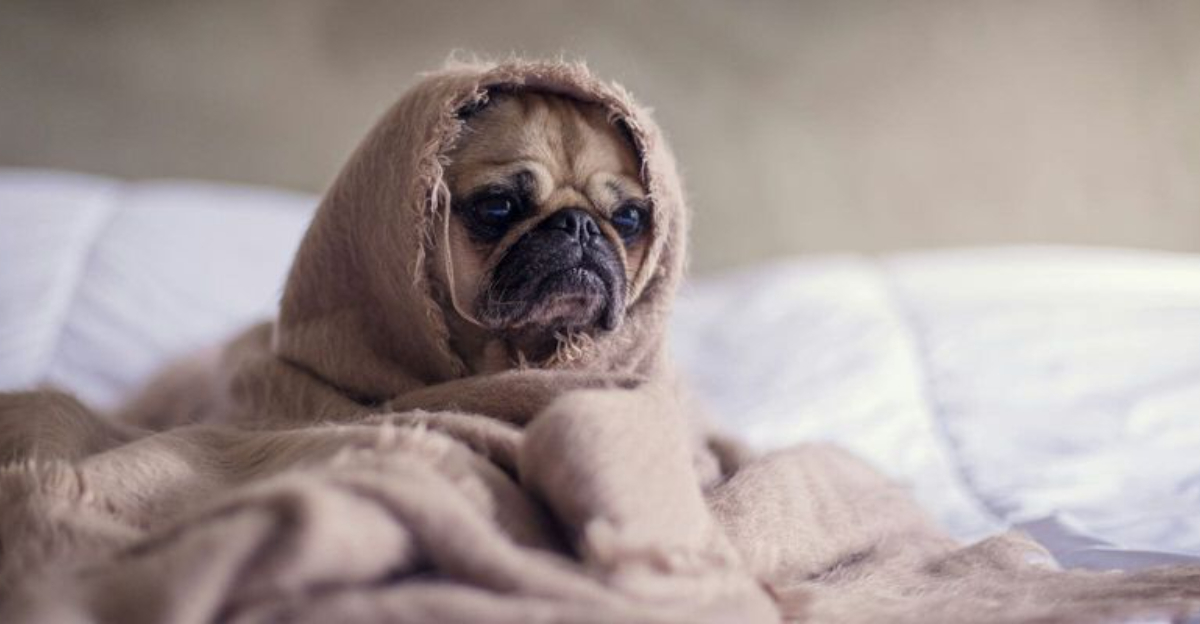Pugs are undeniably adorable, with their wrinkled faces and charming personalities.
However, like any breed, they come with their own set of peculiarities that some owners might find challenging.
This article explores the most common complaints people have about pugs, offering a light-hearted yet informative perspective on these lovable dogs.
10. Snoring And Snorting
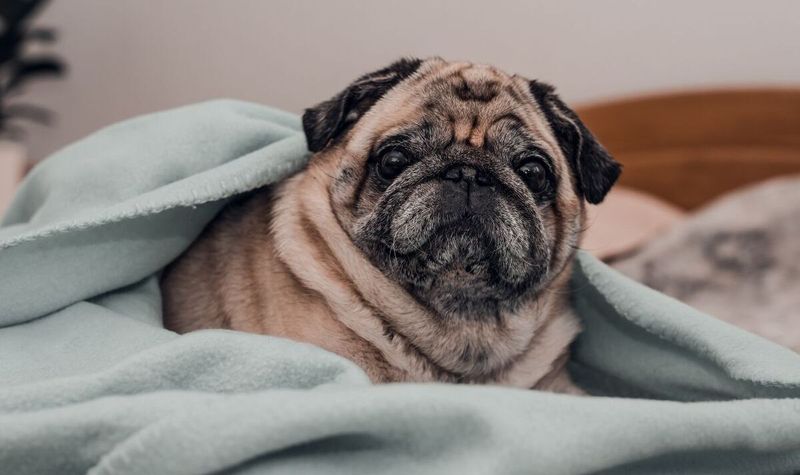
Pugs are known for their signature snoring and snorting noises, which can be both endearing and annoying.
Their short noses, known as brachycephalic features, cause these sounds. Many find it charming, but it can be disruptive at night. If you’re a light sleeper, sharing a room with a snoring pug might not be ideal.
Some owners invest in doggie earplugs or play soothing music to mask the noise. Keeping their sleeping area comfortable and adjusting their position can help reduce the volume.
Remember, these sounds are all part of a pug’s unique charm. Embrace them, and you might find yourself missing the noise when they’re not around.
9. Shedding Everywhere
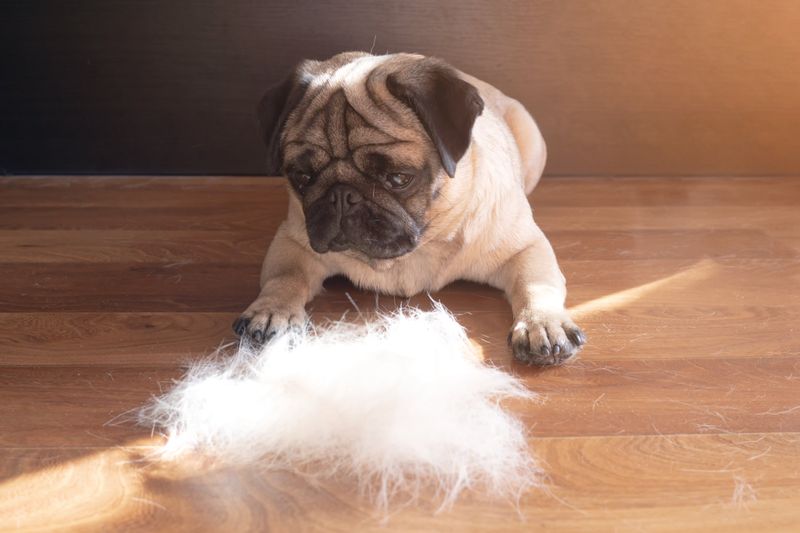
Despite their short coats, pugs shed a surprising amount. This can be a challenge for those who like to keep a tidy home.
Regular grooming is essential to manage the shedding effectively. Using a quality brush designed for short-haired dogs can help collect loose fur before it ends up on your furniture.
Vacuuming frequently and using lint rollers on clothing are practical strategies. Consider allergy-friendly furniture covers to minimize cleaning time.
Though shedding is a natural process, the love and companionship of a pug make it worth the extra effort. Embrace the fur, and invest in a sturdy vacuum cleaner!
8. Pug Weight Issues
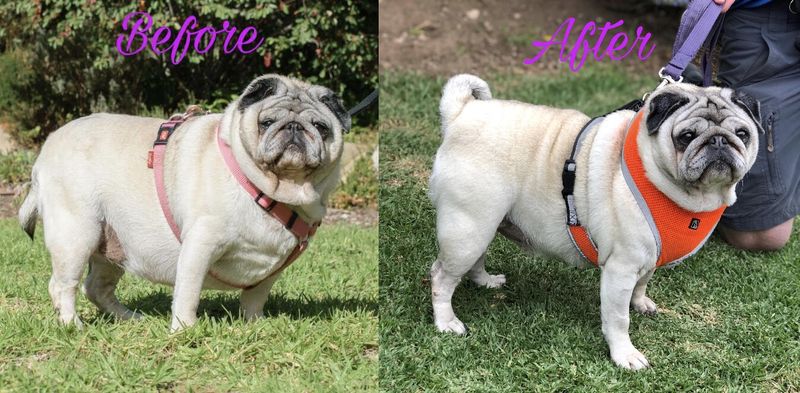
Pugs have a tendency to gain weight easily, which can lead to health issues. Their love for treats and a sedentary lifestyle contribute to obesity. It’s crucial to monitor their diet and ensure they get enough exercise to maintain a healthy weight.
Regular walks and playtime can help keep their weight in check. Be cautious with treats, opting for healthier options when possible. Portion control is key, and consulting with a veterinarian about a balanced diet is advisable.
Staying vigilant about their health ensures they live long, happy lives. Maintaining a proper diet and exercise routine can make a significant difference.
7. Breathing Difficulties
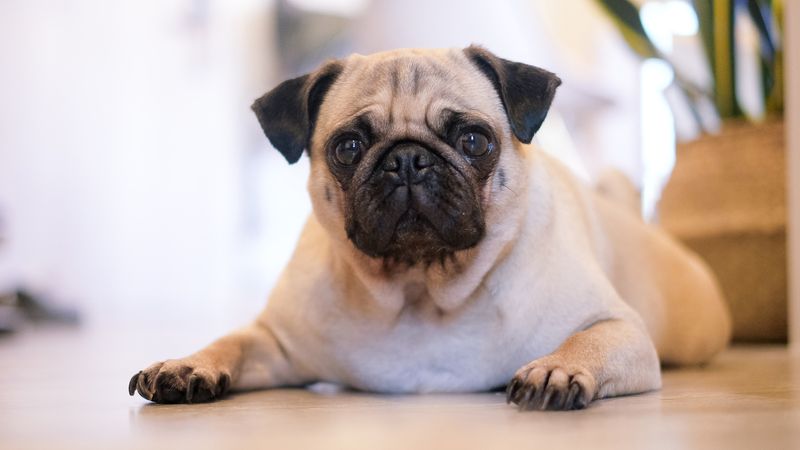
Breathing issues are common in pugs due to their brachycephalic structure. Owners often notice their pugs panting heavily or having trouble breathing, especially in hot or humid conditions. It’s vital to understand these risks and take precautions during warmer months.
Limit outdoor activities during peak heat, and ensure your pug has access to cool and shaded areas. In severe cases, consult a vet for advice on how to manage their breathing issues.
Awareness and preventive measures can significantly improve their quality of life. Being attentive to their needs helps ensure their well-being.
6. Stubborn Nature
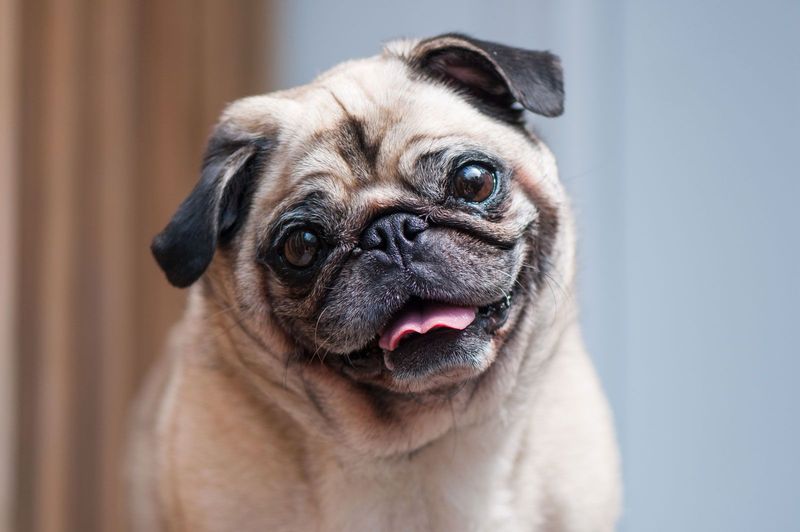
Pugs are known for their stubborn streak, which can be both amusing and frustrating. Training a pug requires patience and consistency.
They may not respond immediately to commands, preferring to do things at their own pace.
Positive reinforcement techniques work best with pugs. Rewarding them with treats and praise encourages them to follow commands. Training sessions should be short and engaging to keep their attention.
While stubbornness is part of their charm, a well-trained pug is a joy to have. Embrace their personality, and training becomes an enjoyable experience.
5. Separation Anxiety
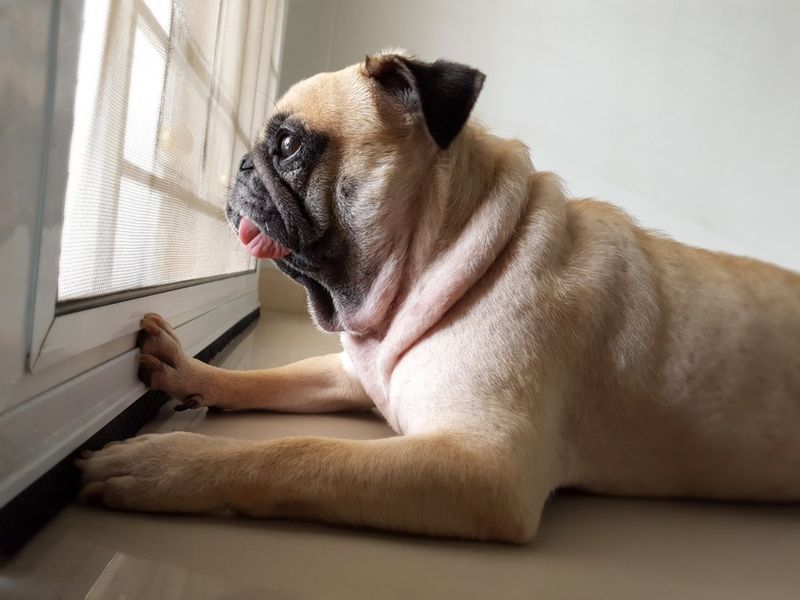
These dogs form strong bonds with their owners, which can lead to separation anxiety. They dislike being left alone for long periods and may exhibit destructive behavior as a result. Understanding their emotional needs is crucial for their well-being.
Gradually getting them used to being alone can help ease anxiety. Providing interactive toys and leaving a piece of your clothing can comfort them in your absence.
Ensuring they feel secure and loved can alleviate their worries. A little effort goes a long way in making them feel content and happy.
4. Eye Problems
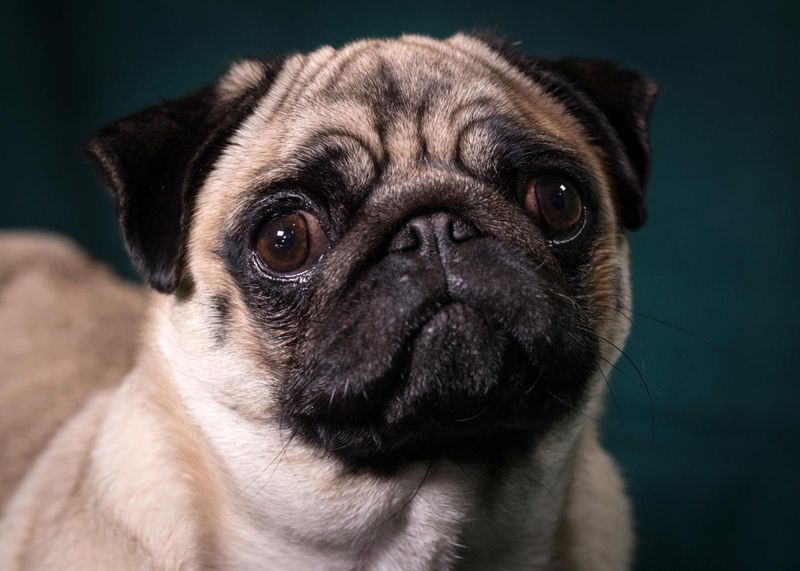
Pugs are prone to eye problems due to their prominent eyes. They can easily get injured or infected, leading to discomfort. Regular check-ups and proper eye care are essential to prevent serious issues.
Keeping their eyes clean and avoiding situations where they might get poked or scraped is important. Consult a veterinarian if you notice redness or excessive tearing.
With attentive care, most eye issues can be managed effectively. Keeping a watchful eye ensures your pug’s comfort and health.
3. Temperature Sensitivity

They are sensitive to temperature extremes, particularly heat. Their brachycephalic nature makes it difficult for them to regulate their body temperature. During hot days, it’s crucial to keep them cool and hydrated.
Investing in cooling gear, like vests and mats, can help them stay comfortable. Avoiding strenuous activities and providing plenty of water are essential during summer.
Being mindful of weather conditions helps ensure their safety and happiness. A cool pug is a happy pug.
2. Wrinkle Care
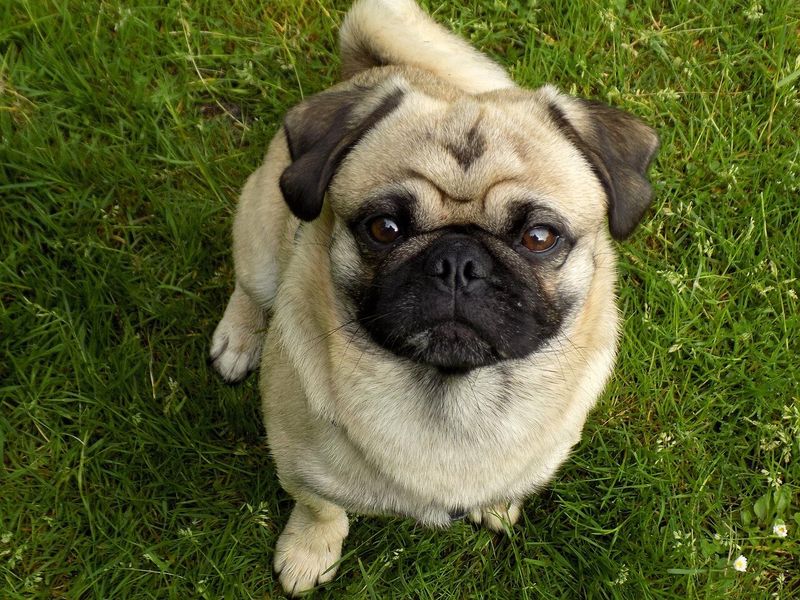
Those adorable pug wrinkles require regular care to prevent infections. Dirt and moisture can accumulate in the folds, leading to skin issues. Cleaning their wrinkles with a damp cloth and drying them thoroughly is a simple yet effective routine.
Incorporate wrinkle cleaning into their regular grooming schedule. Using vet-recommended products can help keep the skin healthy.
Routine care ensures your pug stays comfortable and free from skin problems. Embrace the process, and your pug will look and feel their best.
1. Fussy Eating Habits
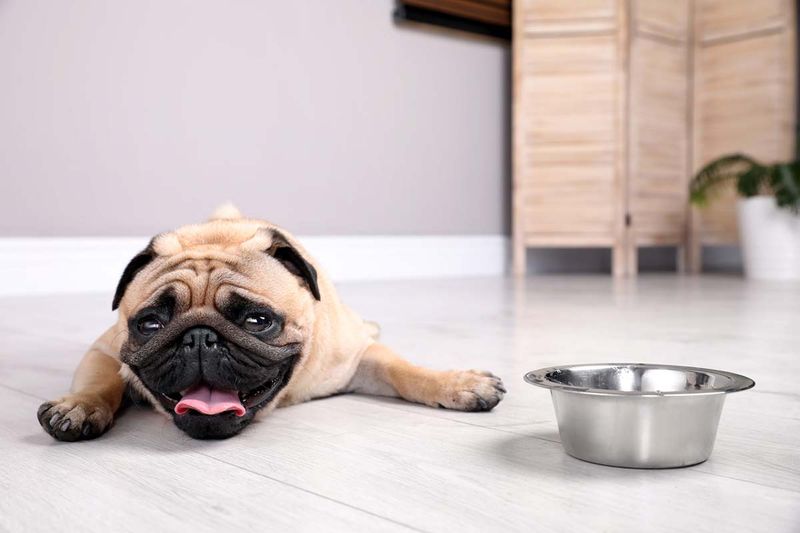
Pugs can be fussy eaters, often turning their noses up at regular dog food. Finding a diet they enjoy can be a challenge. Experimenting with different flavors and textures might be necessary to find what suits their palate.
Offering a mix of wet and dry foods or occasionally cooking homemade meals can satisfy their tastes. Always ensure their diet is balanced and nutritious.
Handling their picky eating habits requires patience and creativity. Once you find the right food, mealtime becomes a delightful experience for both you and your pug.

